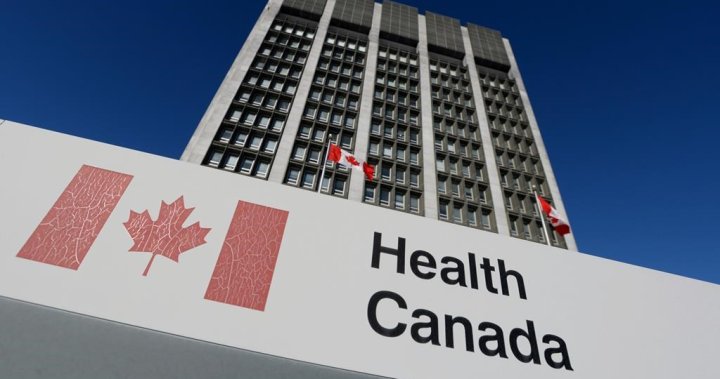The Canadian rabies vaccine supply is experiencing strain following a surge in demand triggered by the tragic death of a child in Ontario last fall. This unfortunate incident, the first domestically acquired case of rabies in the province since 1967, heightened public awareness about the disease and prompted increased requests for vaccination, even among those with no known exposure. This surge has led to rationing in some areas, particularly in Toronto, while Health Canada and provincial authorities work to stabilize the supply.
Two rabies vaccines are approved for use in Canada: RabAvert, manufactured by Bavarian Nordic, and Imovax Rabies, produced by Sanofi Pasteur. Both have encountered recent supply challenges. RabAvert attributes the shortage to the increased demand following the child’s death, while Imovax has experienced packaging delays at its manufacturing facility in France. The confluence of these factors has created a challenging situation for public health officials struggling to meet the demand for preventative vaccination.
Toronto Public Health has implemented conservation measures, prioritizing vaccine doses for individuals deemed at high risk of exposure. This prioritization strategy focuses on those who have had direct contact with bats or wild animals, known vectors of rabies transmission. While other provinces have reported sufficient vaccine supplies, Ontario has been working closely with federal partners to secure additional doses to address the shortfall.
Health Canada has recently received a shipment of 32,000 doses of the Imovax rabies vaccine. These doses are currently undergoing rigorous evaluation to ensure they meet Canadian safety, efficacy, and quality standards. This standard process, while necessary to guarantee patient safety, can add to the delay in making the vaccines available to the public. The anticipated replenishment of RabAvert supplies in mid-February offers some hope for alleviating the shortage.
The increased demand for the rabies vaccine underlines the importance of public awareness campaigns regarding rabies prevention. The tragic case in Ontario served as a stark reminder of the potential risks associated with wildlife interactions. While rabies remains a rare disease, it is almost always fatal once symptoms appear. This underscores the crucial role of preventative measures, including vaccination, especially for those at higher risk of exposure.
The rabies vaccine shortage highlights the delicate balance between public health needs and the complexities of vaccine production and distribution. While the immediate focus remains on addressing the current shortfall and ensuring equitable access for those at highest risk, the situation also emphasizes the need for long-term strategies to enhance vaccine supply chain resilience and public education efforts regarding rabies prevention. The combined efforts of federal and provincial health agencies, along with pharmaceutical manufacturers, are essential to navigate these challenges and protect public health.

